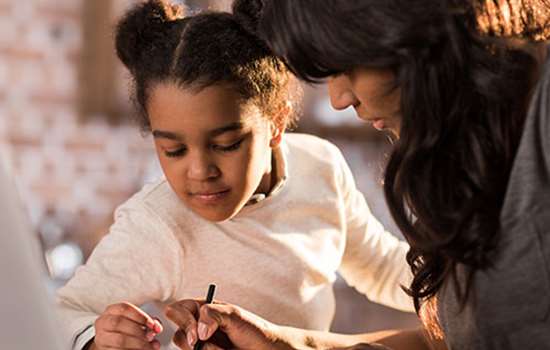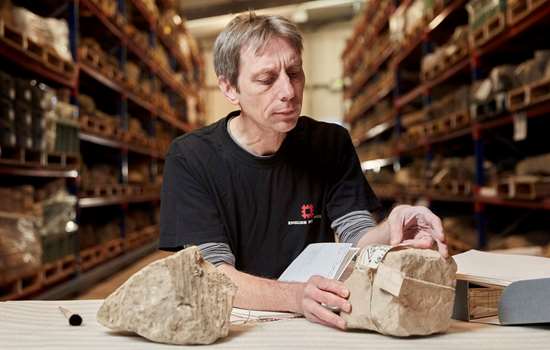Hints and Tips
- Break it down – The Romans ruled Britain for around 350 years and during this period society, technology and daily life changed a lot: Britain was a very different place in 410 compared to AD 43.
- Make it relevant – Get your students to do a local study, e.g. ‘what the Romans did for us’. Bring the learning into their homes and local town to encourage greater engagement.
- Reflect the diversity of the Empire – It’s easy to generalise when talking about ‘the Romans’ and forget the rich diversity of people and cultures that made up the Roman Empire. Try to reflect this wherever possible.
- Things aren’t always clean cut –The end of Roman rule came gradually and happened at different times in different places across Britain. There was no clear decision to decolonise Britain at a specific time, Roman rule simply petered out over a number of years.
Suggested Reading and Activities
-
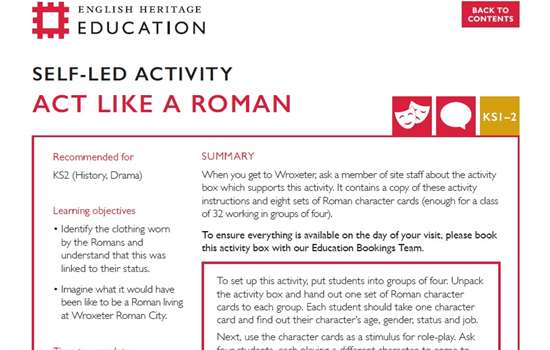
Act Like a Roman (KS1-KS2) - Wroxeter Roman City Teachers' Kit
Can you act like a Roman? Try this activity to explore how the Romans dressed and behaved.
-
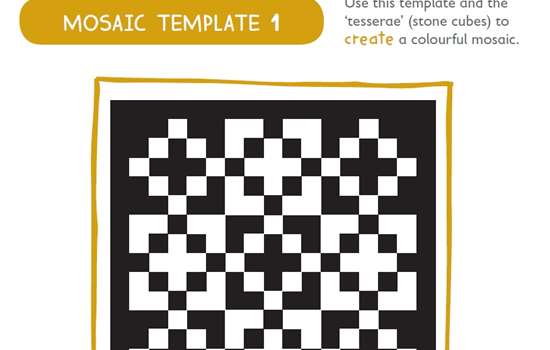
Mosaic Templates (KS1-KS2) - Wroxeter Roman City Teachers' Kit
Could you be a Roman mosaic maker? Use our mosaic templates as inspiration for your own Roman art.
-

Bathing Roman-Style (KS1-2) - Wroxeter Roman City Teachers' Kit
Imagine that you are visiting the baths at Wroxeter Roman City. What are the sights, sounds and smells that you might experience?
-

Sources (KS1-KS4+) - Wroxeter Roman City Teachers' Kit
Investigate primary and secondary sources relating to Wroxeter Roman City to discover more about the site and its history.
-
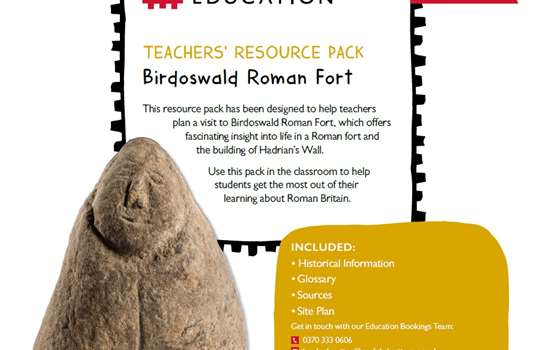
Birdoswald Roman Fort Teachers' Resource Pack (KS2-KS3)
Find out more about life on Hadrian's Wall by exploring the historical information and site plan in this resource pack for Birdoswald Roman Fort.
-

Birdoswald Roman Fort Timeline (KS2-KS3)
Chart the changes at Birdoswald Roman Fort using our timeline and understand what was happening elsewhere in the Roman Empire.
-

Lullingstone Roman Villa Teachers' Resource Pack (KS2-KS3)
Find out more about life in a Roman villa by exploring the historical information and site plan in this resource pack for Lullingstone Roman Villa.
-

Lullingstone Roman Villa Timeline (KS2-KS3)
Discover the development of Lullingstone Roman Villa and understand what was happening elsewhere in the Roman Empire using our timeline.
History At Home Live! Romans
Watch History At Home Live! with Ben Shires and our expert Mark Douglas to better understand life on Hadrian’s Wall.
Why was it built? How was it built? Who lived there? Find out the answers to all these questions and more.
Get to Grips with the Period
Julius Caesar raided Britain in 55 and 54 BC but full-scale conquest began when Roman forces landed near Richborough Roman Fort in AD 43. The Roman army had reached northern Scotland by AD 84, before eventually retreating to the permanent frontier of Hadrian’s Wall.
Roman Britain was peaceful and prosperous for long periods despite ongoing tensions at its frontiers. Country houses like Lullingstone Roman Villa flourished, and leisure facilities were founded, like the bath house at Wroxeter Roman City and the Silchester Amphitheatre.
Towards the end of the 3rd century, attacks by Germanic raiders prompted the construction of Saxon shore forts like Burgh Castle. Garrisons were mainly British-born by this point and little distinguished ‘Romans’ from ‘Britons’ when imperial rule petered out.
Read Our Introduction to Roman Britain-
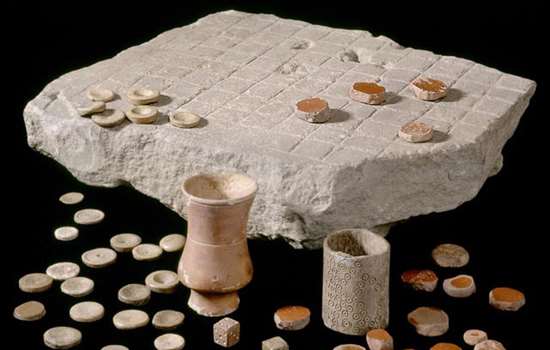
Daily Life in Roman Britain
The daily experiences of most people in Britain were inevitably touched by its incorporation into the Roman Empire.
-

Romans: Landscape
What kind of landscape did the Romans find when they conquered Britain, and what changes did they make?
-
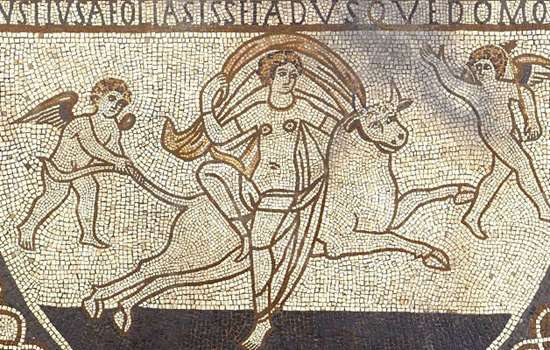
Romans: Art
Rome’s success was built on the organised and practical application of ideas long known to the ancient world.
-
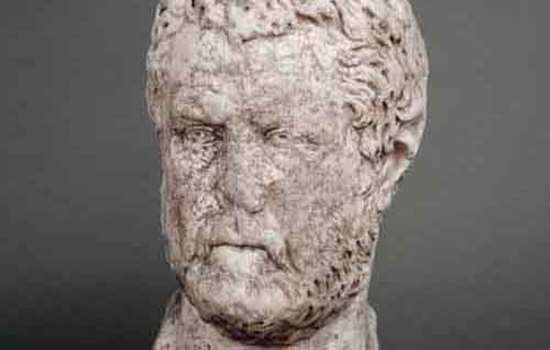
Romans: Power and Politics
Britain was one of some 44 provinces which made up the Roman Empire at its height in the early 2nd century AD.
Romans Glossary
Expert Advice
We asked one of our curators for their advice on teaching the Romans:
Read more about Teaching HistoryThe Romans have left us a great number of monuments spread out across the country; from Hadrian's Wall in the north to Richborough Roman Fort in the south. But remember, the Romans also left us a great many other things which have lasted into the modern age, like language.
We still use lots of Latin words in our daily speech, like 'school', 'quiet', 'me', 'fame', 'etc.' (which itself comes from the Latin et cetera, meaning 'and others'). Many of our modern roads folllow the routes laid out by the Romans and many of our towns and cities began life as Roman settlements. The Roman period was important not only for the native population at the time, but also for those who came afterwards.
- Dr Mark Douglas, Senior Properties Curator
Video Resources
Discover our Romans-themed videos to find out more about how they changed Britain and what life was like under Roman rule.
Uncover why Hadrian built his famous wall and what life was like for Roman legionaries living on the Roman Empire’s northern frontier. Find out how to make a Roman mosaic and test your knowledge with Rattus Rattus’s Roman Quiz.
-
How did Roman Legionaries live?
-
How to make a Roman mosaic
-
Rotten Romans Quiz with Rattus Rattus
-
How did the Romans Change Britain?
Curators' Collections: Hadrian's Wall
Explore objects from our collections at Hadrian's Wall to learn more about life on the Roman Empire's northernmost frontier.
Hear from one of our experts about how these objects can act as sources, offering us a window on the past, and discover a curator's role in making this happen.
Use objects from across the Wall at home or in the classroom to inspire cross-curricular learning and further your research.
Read More

